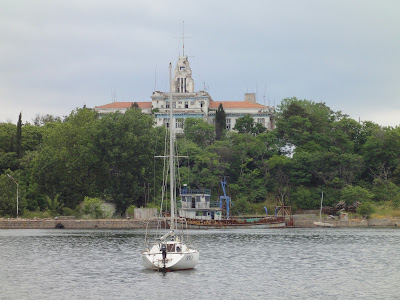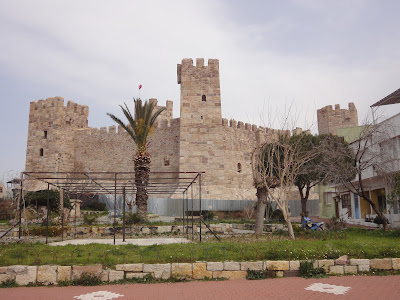It always surprises me how relatively unknown the island of Corfu has remained outside of Europe. In 2005, when I visited the island for the very first time in April, I was really impressed by the beauty of Corfu Town, so much that for someone who usually is far too lazy to write anything while one holidays, I sent several postcards to friends all over the world telling them how enthralled I was by this beautiful city. A few weeks later, I got a reply from one of those on the receiving end of my mailing list. In her letter, she - a travel-savvy Japanese lady - thanked me for the postcard, and said she had never ever heard of Corfu before, and had to look the name up on a map to determine its exact location. Now that was really some news.
And the Japanese are not alone when it comes to the 'never heard of Corfu' crowd in the Far East. While most Asians would have known the likes of Santorini, Mykonos, or even Crete, Corfu is outside the range of their surveillance radar. Which, I must concede, is not such a bad thing after all. The reason I detest Santorini of now is, the whole island has become such an over-priced Disneyland-sque playground for tourists of all breeds and colours, who seem to think that Greece consist of only Athens and two other islands - Mykonos and Santorini. In addition, there is nothing more frustrating in the world when all the menus and signposts on a supposedly Greek island are written in English, Russian, French, Japanese, or even Korean and Chinese. What is the point of visiting Greece if you meet no Greeks at all but only fellow foreign tourists?





























